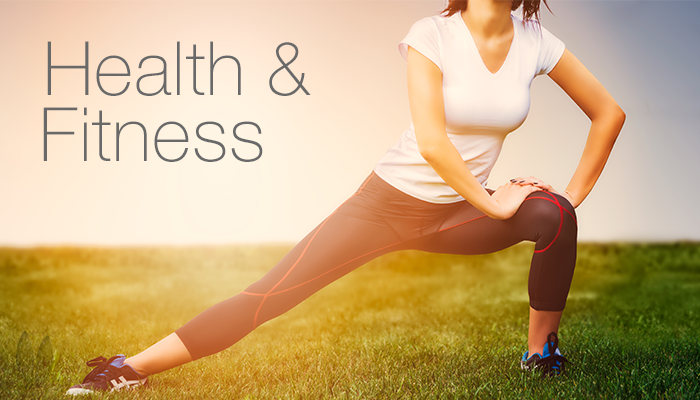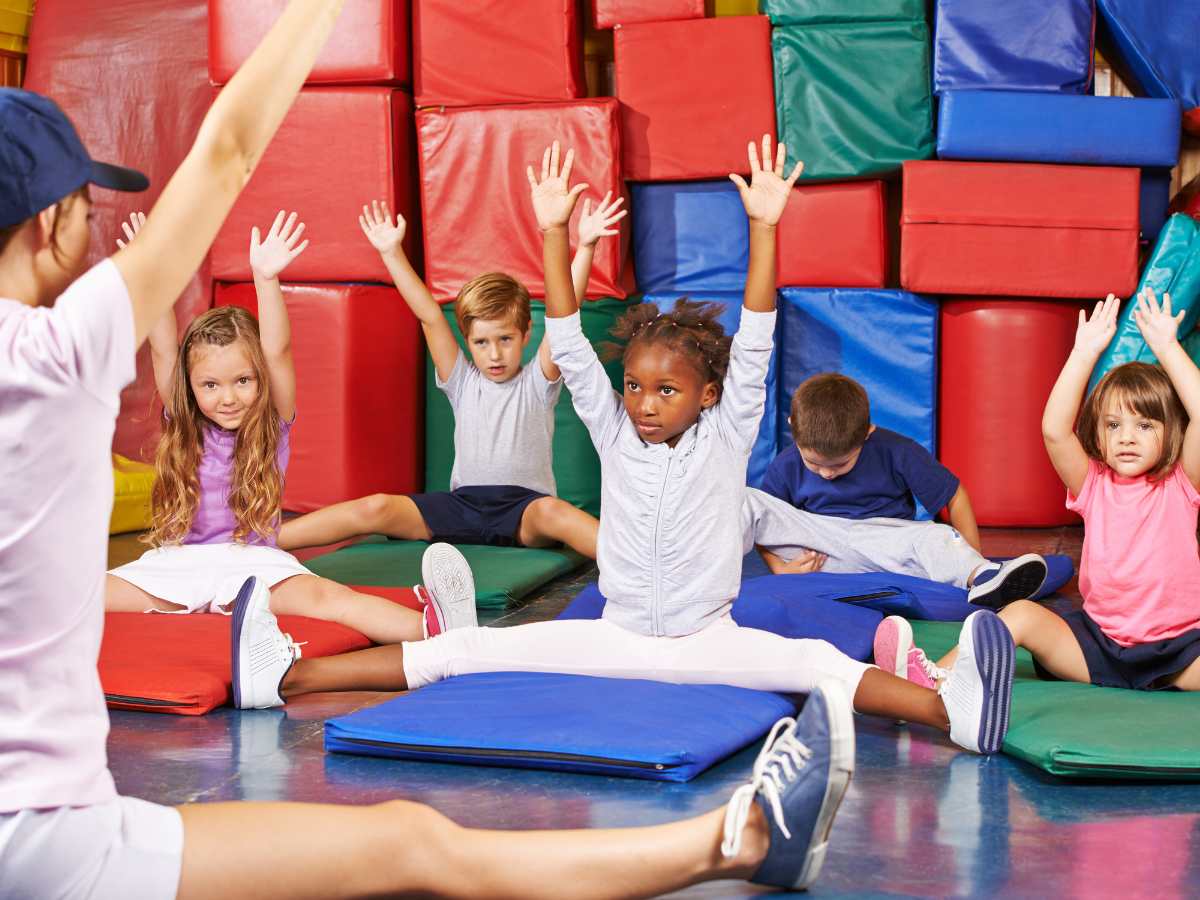Core training for swimmers has evolved.
Programs that include much more than push-up and sit-up regimens are quickly being replaced by the use of medicine balls, battle ropes and cutting-edge lifting sets.
The goal is to maximize performance and reduce the risk of injury.
Trick is to apply new dryland activities without incorporating time-wasting drills that may also be harmful or increase potential for injury.
To assign the right exercises to your students and to help them get the most from the ones they do, first look at how the core contributes to swimming. To execute the synchronized group of activities that each stroke requires, the core must provide a stable base of support that is dynamic enough to enable torso rotating motions some strokes require as well as more undulating motions required by others.
This takes more than just a flat belly. It takes drills that provide work and resistance for the movements that the core is responsible for while swimming.
In an article by Mike Majia published in the May/June 2014 issue of Splash Magazine entitled “AbSolution”, we learn that the basic plank can be the foundation for a core exercise program. But it must be done right or it isn’t effective. Poor technique in doing the plank can totally waste the time you spend doing it.
Majia reviews the correct techniques for the plank and variations on the plank that can be added to your students’ work regimen.
According to Majia, what constitutes the perfect plank?
- Set the elbows underneath the shoulders and bridge up on the balls of the feet.
- Retract the chin towards the back of the head and look down at the floor.
- “Pack” shoulders by bringing shoulder blades down and back as if trying to put them into back pockets.
- Brace the core as if expecting to receive a punch to the stomach.
- Tighten glutes and quadriceps and keep legs straight.
- Hold for time without letting go of the position. Start with smaller increments at first (i.e., 10-15 seconds and increase duration over time.
Majia also provides some great core drills that work in tandem with the plank to develop the core to serve strokes better. He even includes a chart showing what areas the drills train, the distinct benefits of the drills special comments that help you to execute the drills in the best ways.
And what about flexibility?
Majia’s article also includes valuable information on flexibility and stretching. Looking at key factors like when the stretching would take place and what the stretching exercise is meant to accomplish.
The article is accompanied by links to videos that illustrate exactly how your students should be executing these drills. It’s an article that you shouldn’t miss to understand more about how the plank can help students execute their strokes better and improve their overall swimming performance. Read “AbSoution” now.
Image Credit: max_thinks_sees






